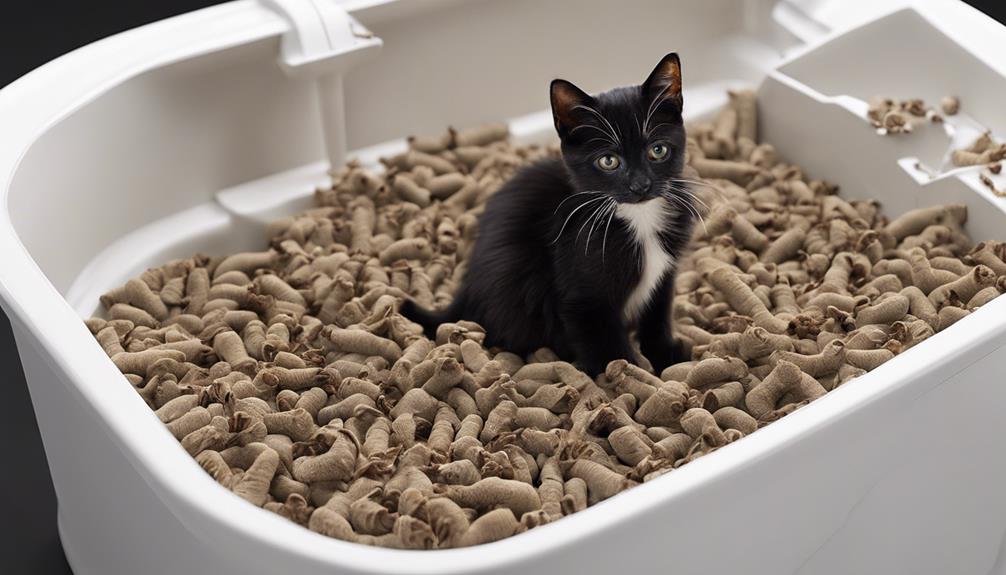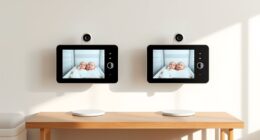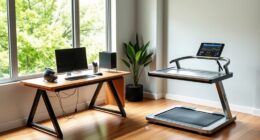When your newborn starts hiccuping, it can be concerning and disruptive. But fret not, as there are practical steps you can take to ease their discomfort and help them find relief.
By following a systematic approach outlined in this guide, you will be equipped with effective strategies to tackle those pesky hiccups and create a more peaceful environment for your little one.
So, let's dive into the practical tips and tricks to soothe your newborn's hiccups and guarantee a smoother experience for both of you.
Key Takeaways
- Burping techniques reduce newborn hiccups effectively.
- Soothing remedies like pacifiers and back rubbing provide quick relief.
- Changing baby's position helps alleviate hiccups discomfort.
- Prevent future hiccups by burping frequently and offering smaller feedings.
Understanding Newborn Hiccup Causes
If you've ever wondered why your baby is constantly hiccupping, it's important to know that these little contractions stem from the involuntary movements of their diaphragm muscle.
Hiccups in newborns can be triggered by various factors like overfeeding, swallowing air while feeding, or sudden changes in temperature. Surprisingly, babies can even hiccup while in the womb, which is a normal part of their development process.
For preemies, these hiccups serve an important role as they spend around 15 minutes a day hiccupping, aiding in the regulation of their breathing patterns. Additionally, newborn hiccups may actually help babies in expelling excess air from their stomachs, which can be quite beneficial for their comfort.
Understanding these causes can provide reassurance that in most cases, hiccupping is a normal and healthy part of your baby's development.
Effective Burping Techniques
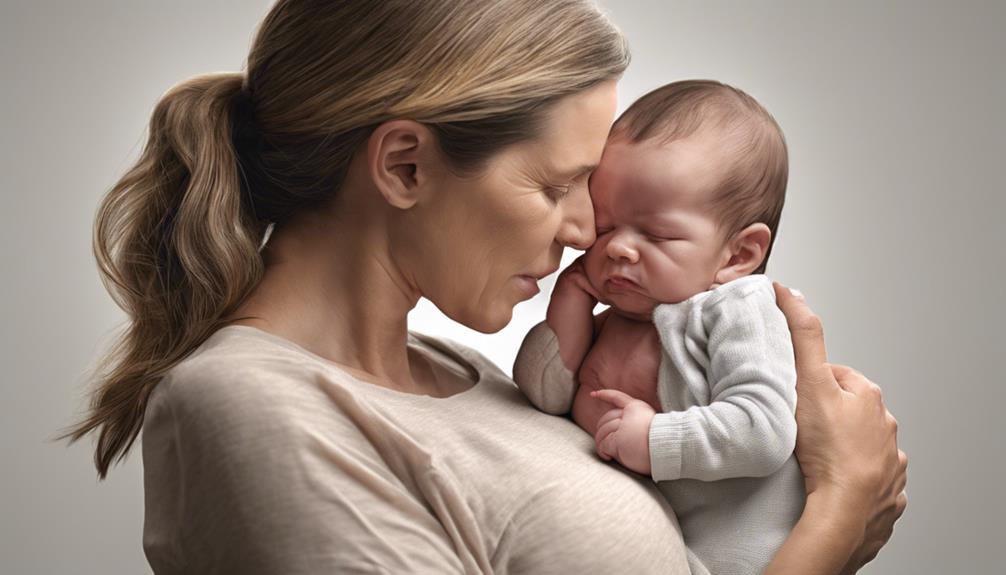
Understanding the importance of proper burping techniques can greatly reduce the likelihood of newborn hiccups and guarantee a more comfortable feeding experience for your baby. When it comes to preventing hiccups, effective burping plays a vital role. For bottle-fed babies, burping should be done every 2-3 ounces during feeding to release trapped air and minimize the chances of hiccups. On the other hand, breastfed babies can be burped when switching between breasts to prevent excess air intake.
To help you master the art of burping, here are some key techniques to follow:
| Burping Technique | Description |
|---|---|
| Patting | Gently pat your baby's back |
| Rubbing | Use circular motions on the back |
| Holding | Hold your baby upright against your shoulder |
| Sitting | Sit your baby on your lap and support the chin while patting |
Soothing Remedies for Hiccups

To help alleviate your newborn's hiccups, consider trying these soothing remedies that can provide quick relief and comfort:
- Burping: Gently burping your baby after feeding can release trapped air, reducing hiccups.
- Pacifier: Offering a pacifier to your little one can help relax the diaphragm, potentially stopping hiccups in their tracks.
- Back Rubbing: Patting or rubbing your baby's back softly can aid in easing hiccups by soothing their digestive system.
- Feeding Position: Experimenting with different feeding positions, like keeping your baby more upright, may help prevent hiccups by minimizing the intake of air.
Changing Baby's Position

When your newborn experiences hiccups, one effective way to provide quick relief is by changing their position to help alleviate the discomfort. By adjusting your baby's posture, you can reduce the pressure on their diaphragm, which often leads to hiccups. Placing your baby in an upright or slightly inclined position can assist in easing hiccups by allowing trapped air to escape. Another helpful position is placing your baby on their stomach or over your shoulder, which can aid in releasing air bubbles and stopping the hiccups. Experimenting with different positions such as gentle rocking or swaying while holding your baby upright can also help relax their diaphragm and ease the hiccups. Remember to avoid laying your baby flat on their back immediately after feeding to prevent hiccups and choose positions that promote burping and digestion. Finding the right position that works best for your baby can not only stop current hiccups but also help prevent future episodes.
| Position | Description |
|---|---|
| Upright Position | Reduces pressure on the diaphragm and aids in releasing trapped air to ease hiccups. |
| Inclined Position | Helps alleviate hiccups by changing the angle of the body and facilitating air release. |
| Stomach Position | Placing the baby on their stomach can assist in releasing trapped air and stopping hiccups. |
Preventing Future Hiccups
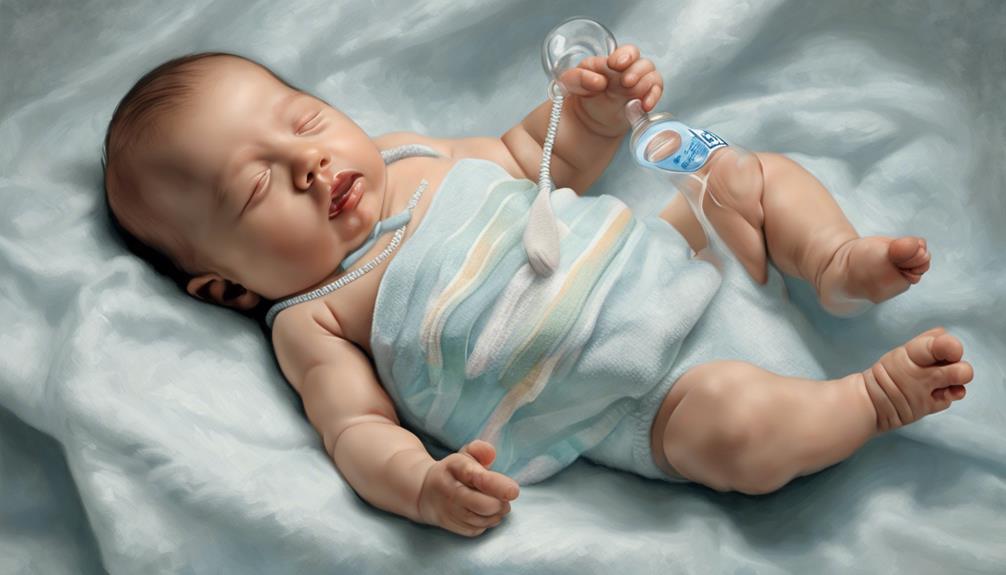
To prevent future hiccups in your newborn, make sure you burp your baby frequently during feedings to release trapped air efficiently. Important feeding positions and techniques play an important role in minimizing air intake, reducing the likelihood of hiccups.
Offering smaller, more frequent feedings can prevent overfeeding and potential hiccups. Keeping your baby upright after feedings for at least 30 minutes aids in digestion and helps reduce hiccups.
It's important to avoid giving your baby water or other liquids besides breast milk or formula, as this can trigger hiccups. By incorporating these practices into your baby's routine, you can help minimize the occurrence of hiccups and make sure a more comfortable feeding experience.
Frequently Asked Questions
How Do I Relieve My Newborns Hiccups?
To relieve your newborn's hiccups, try burping, offering a pacifier, gently rubbing their back, avoiding overfeeding, or considering gripe water after consulting a healthcare provider. These methods can help soothe your baby's discomfort effectively.
Is It OK to Leave Baby Lying Down With Hiccups?
It's perfectly fine to let your baby lie down with hiccups. They usually go away on their own. If the hiccups bug them, a gentle back pat or a pacifier can help soothe them. Just keep an eye on them.
What Is the Best Position for Baby Hiccups?
For baby hiccups, placing your little one in an upright position, supporting their chest, and gently patting their back can help ease the discomfort. Remember to keep them slightly upright after feeding to prevent hiccups.
How Do You Burp a Newborn With Hiccups?
When burping a newborn with hiccups, hold them close against you and gently pat or rub their back upwards. This action helps release trapped air, easing the hiccups. Remember to burp after feeding to prevent or stop hiccups effectively.
Conclusion
So next time your newborn has hiccups, remember that they're usually harmless and common. By following the steps outlined in this guide, you can help your little one find relief and prevent future episodes.
Trust in the techniques suggested, create a calm environment, and remember to seek medical advice if hiccups persist. Your baby will thank you for your care and attention!





